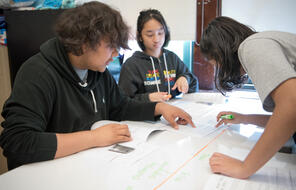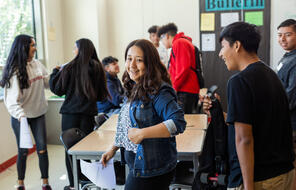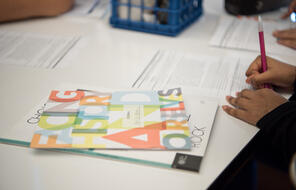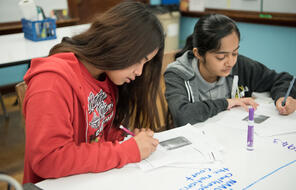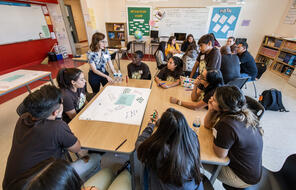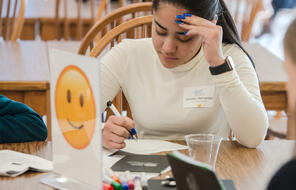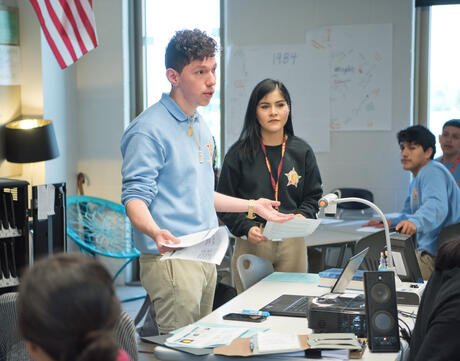
Pronouncing Names
Duration
One 50-min class periodSubject
- Advisory
- Civics & Citizenship
- English & Language Arts
- History
- Social Studies
Grade
6–12Language
English — USPublished
Updated
Overview
About This Activity
In this activity, students reflect on why correctly pronouncing each other’s names is important. They read and discuss a text written by a young person that explores the anxiety she experiences during roll call on the first days of school and the compromises she makes to avoid the stress created by these moments. By the end of the activity, students will understand that learning and pronouncing names correctly creates a welcoming and inclusive environment where everyone feels like they belong.
Preparing to Teach
A Note to Teachers
Procedure
Steps for Implementation
Extension Activities
Materials and Downloads
Quick Downloads
Pronouncing Names
What’s In a Name?
Our Names and Our Place in the World
Unlimited Access to Learning. More Added Every Month.
Facing History & Ourselves is designed for educators who want to help students explore identity, think critically, grow emotionally, act ethically, and participate in civic life. It’s hard work, so we’ve developed some go-to professional learning opportunities to help you along the way.
Exploring ELA Text Selection with Julia Torres
On-Demand

Working for Justice, Equity and Civic Agency in Our Schools: A Conversation with Clint Smith
On-Demand

Centering Student Voices to Build Community and Agency
On-Demand



